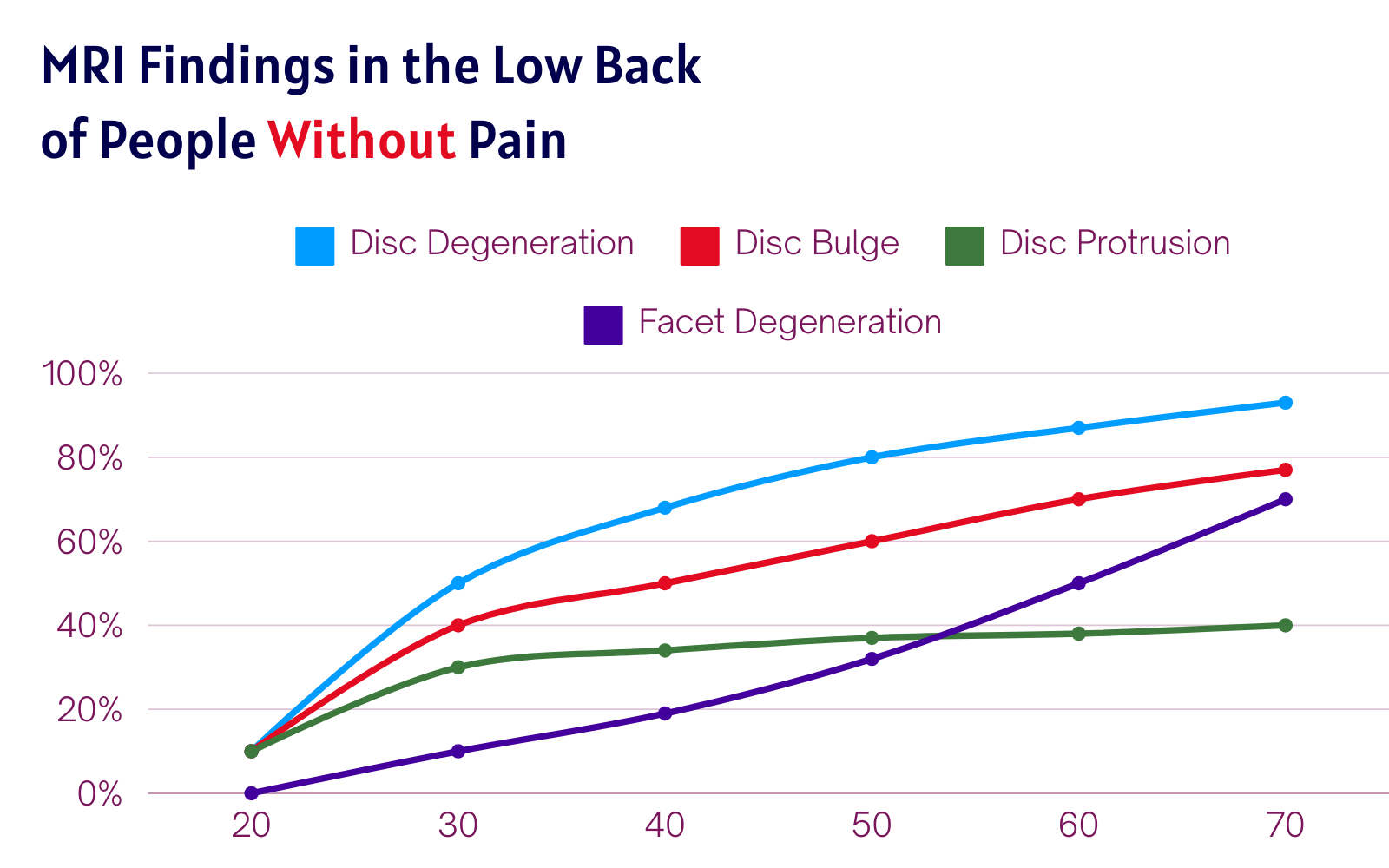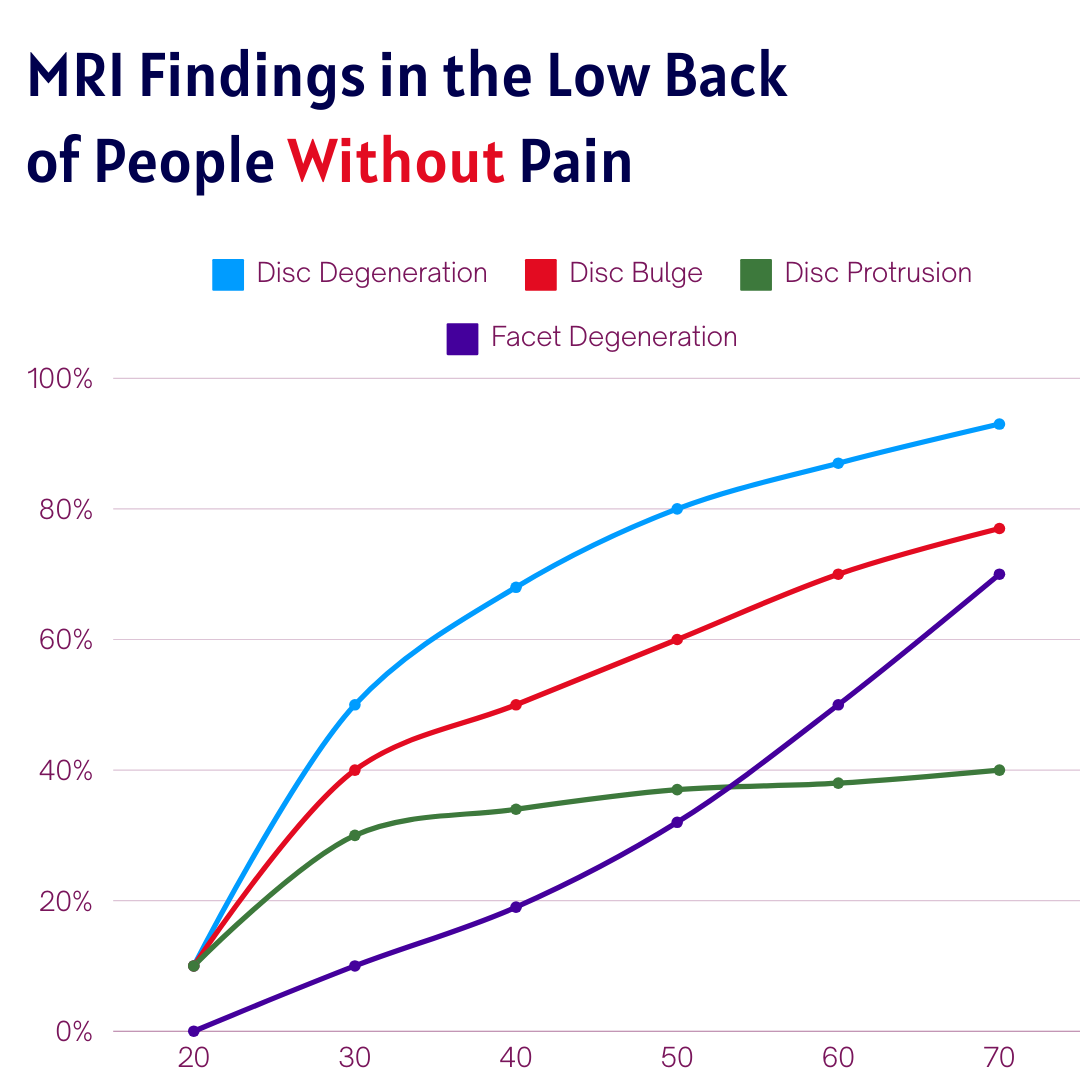Understanding and Managing Back Pain: A Guide for Those Who Struggle with Standing and Walking
Learn how standing and walking can be disrupted by back pain and discover ways to alleviate it.

By Steve Gonser, PT DPT
Physical Therapist

Are you struggling to stand or walk without pain?
Maybe you’ve found yourself avoiding the activities you used to enjoy because standing or walking has become too painful.
If so, you’re not alone.
Back pain can make even simple movements feel like monumental challenges, especially as we age.
What’s the Cause of Your Pain?
Back pain that worsens with standing and walking is often due to conditions like Degenerative Disc Disease (DDD) or Spinal Stenosis.
Imagine your spinal canal as a garden hose. Over time, this hose can start to narrow due to wear and tear, much like how a garden hose might get pinched or clogged. This narrowing puts pressure on the nerves that run through your spine, causing pain and discomfort, especially when you stand or walk.
I Have Degenerative Disc Disease or Spinal Stenosis, Now What?
It’s important to know that these conditions are common, especially as we age. Studies show that 80% of 50-year-olds will suffer from disc degeneration.
The good news is that many of these cases can be managed effectively with conservative care, such as physical therapy and lifestyle modifications, which can help alleviate pain and improve your quality of life without the need for invasive procedures.

Chart depicting how different types of spinal injuries become more common as we age, even if they don’t feel or show any signs of pain or injury.
Getting Back on Track
Managing your pain involves more than just avoiding discomfort. Strengthening the muscles around your spine and improving your overall mobility are crucial steps in your healing process.
Focusing on core strength and flexibility can better support your spine and reduce the risk of future injuries. Avoiding activities that can aggravate your condition, such as prolonged standing or walking on hard surfaces, is also essential to allow your body to adapt and heal properly.

Chart depicting how different types of spinal injuries become more common as we age, even if they don’t feel or show any signs of pain or injury.
